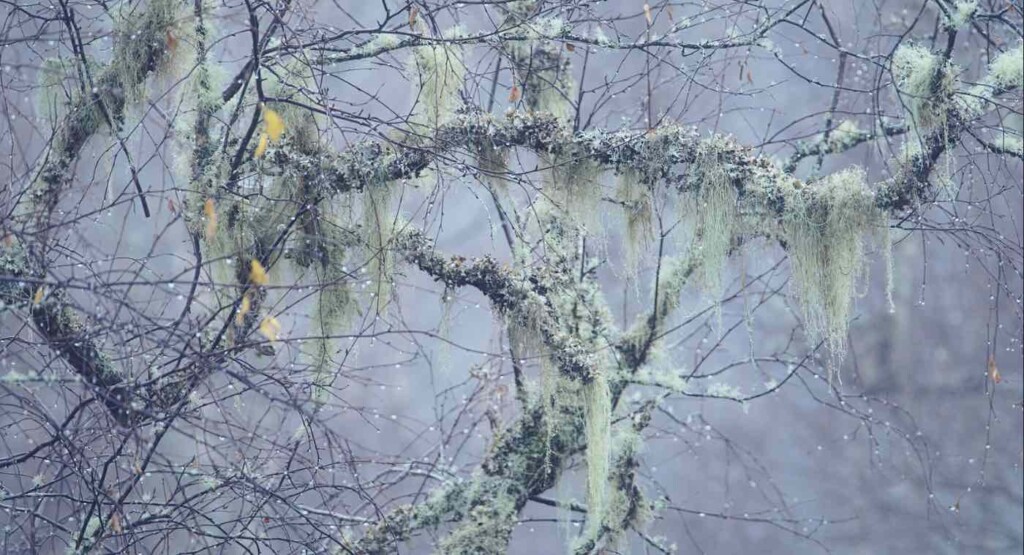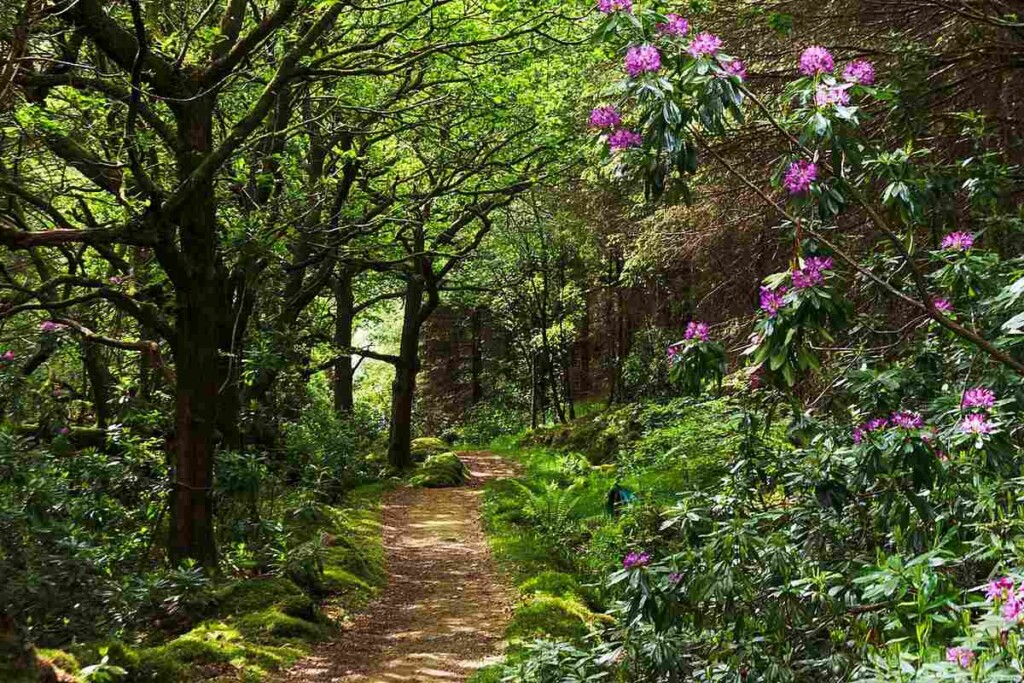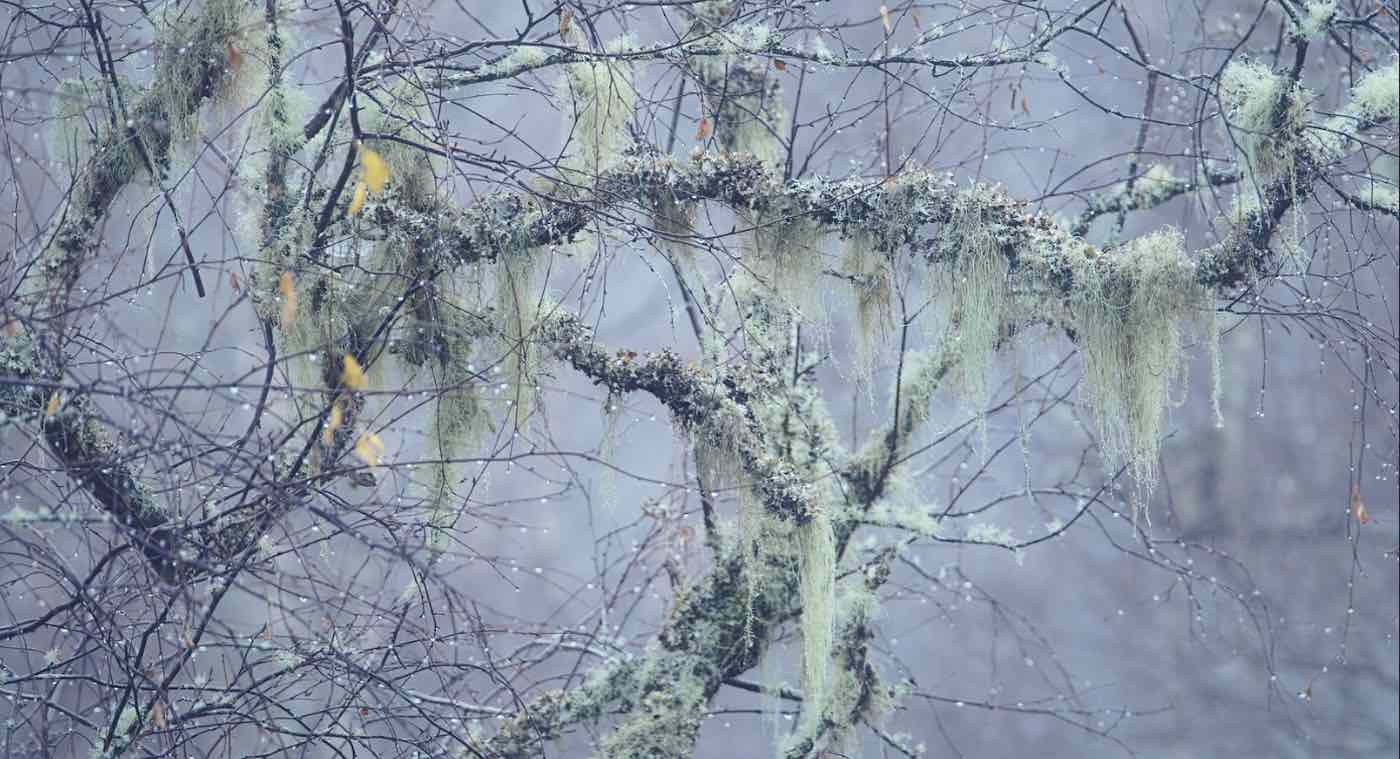
By yon bonny banks, and by yon bonny breaks, where the sun shines bright on Loch Lomond, the famous song goes. But while the loch may indeed be bonny, the hills around it were in trouble for decades.
Now however, invasive plants that outcompeted the natives have been removed, and the hills around Scotland’s Loch Lomond are set for a bonny transformation.
Over the past 5 years, the Royal Botanical Garden Edinburgh (RBGE) has been working to restore the oak woodlands around Loch Lomond and Trossachs National Park to their natural state of temperate rainforest like the ones so plentiful in Washington’s Olympic Peninsula.
Anyone familiar with the Pacific Northwest’s rainforests will know the ubiquitous presence of mosses and clinging lichens in the forests there—exactly what Scotland’s had before invasive Rhododendron poticum acidified the soil and shaded out other delicate epiphytes and bryophytes—two species that are always present in rainforests; temperate or tropical.
Epiphytes are plants that grow on other plants, and they include things like this Bryoria fuscescens or horsehair lichen, that cling onto birches and oaks to give the elderly visage to Scotland’s forests. The horsehair lichen and other plants are all part of a massive reintroduction by the RBGE to restore the rainforests to the country, and Inkcap Journal, a Welsh publication specializing in environmental stories, spoke with botanists and lichenologists working on the project firsthand.
“When you get rid of the rhododendron, you are left with the trees—but a lot of the biodiversity that makes the rainforest special is missing,” Christopher Ellis at the RBGE told Inkcap. “Some of those species find it very hard to recolonize into recovered woodland, so that’s what the project is about.”
MORE GOOD EARTH STORIES: Wales is Building a National Forest That Will Span the Length and Breadth of the Country
Applying what looks like tree paint but was actually a mixture of thousands of propagules onto the bark of trees didn’t really work, so instead, Ellis and his team started attaching netting to give the juvenile hornworts, liverworts, and lichens a scaffolding to work with.
The hope is to encourage massive and dense propagation to give the forests in Trossachs the tangled emerald mess that makes them so majestic and fantastical.

In this image of a forest trail, what appears to be a rich and healthy forest is actually unbalanced, with the bare oaks on the left, and the invasive rhododendron flowers invading the picture on the right.
MORE MYSTICAL FORESTS: One of Britain’s Oldest and Greatest Oak Trees Gets $7,000 Hug from Community
“When you enter into an intact rainforest, it has a sense of ancientness: you have these craggy old oaks, and they’re absolutely dripping in epiphytes,” Ellis said, explaining what they hope to achieve. “They’ve got a sort of fairytale feel.”
South of Hadrian’s Wall, the English government is also working to restore so-called Celtic rainforests to their lands—one on the Isle of Man, and another in the Welsh county of Gwynedd.
SHARE This Inspiring Return To Form With Your Eco-Loving Friends…




















